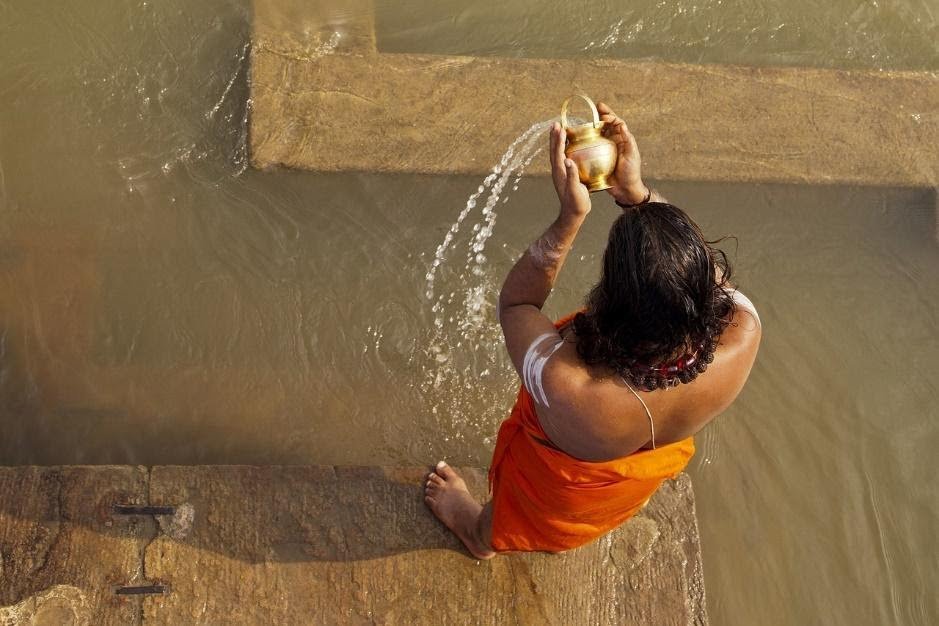The comprehensive difference between Indian culture and western culture has always been a topic of interest. If you are attending a high school debate or a campus interview, do not be surprised if you find this topic too: Indian culture vs Western Culture.
Many curious minds constantly discuss Indian culture vs Western Culture. No wonder they end up agreeing that both have their own beauty and downsides.
The culture of a country depends on many factors including historical, traditional, political, and social practices. In this article, we will make a comparative assessment of Indian culture vs western culture.
Quick Navigation
Indian Culture vs Western Culture
Indian culture is an interesting blend of both ancient and modern cultures. Right from the Indus Valley civilization to the ongoing globalized trends, Indian culture embedded them all in it.
The very mention of Indian culture brings a colorful picture of many aspects. Food, traditions, clothing, languages, customs, and philosophy. Social aspects such as the caste system, movies, politics, etc. also add their glitz to Indian culture.
Vasudhaiva Kutumbakam: The Timeless Philosophy of India’s Global Harmony
Religion
The first and foremost aspect that rules the culture of a land is religion and philosophical beliefs. These are deep-rooted in the people of the land. India has the deepest history as old as thousands of years in terms of its religion. Religions like Hinduism, Buddhism, Sikhism, and Jainism profoundly impact Indians.

- Indian culture is widely recognized and appreciated for its religious tolerance. Festivals of all religions including Diwali, Ramzan, Ganesh Chaturthi, Rath Yatra, Christmas, Guru Nanak Jayanti, and Mahavir Jayanti, etc. reflect the religious unity of the country.
- Epics such as Ramayana and Mahabharata hold immense significance in India. Indians also believe and practice astrology and ancient forms of medicine and healing.
When it comes to western culture, Christianity dominates in western countries. Countries such as the USA and UK these days have a considerable number of people from India, and thus there are religious places accordingly. Christmas, Thanksgiving, New Year, and Good Friday are often the most celebrated festivals of Western culture.
Most festivals in India occur as per the Lunar calendar and rotation of the moon. Western festivals occur on a prefixed date as per the Gregorian calendar.
Food
Indian food is mainly spicy and made of oil. Pickles, red chilies, hand-ground masalas, pepper, coriander, ginger, etc. find their place in the preparation of Indian cuisine. No wonder, westerners find Indian food spicy. It is also a common experience that Indians traveling abroad carry spices and pickles with them without amiss.
Indian cuisine is vast and diverse. Right from the bamboo-cooked food of North East India and authentic Indian recipes, to the Mughlai cuisine and baked foods, India’s food offers a huge choice to any foodies. Indians give preference to freshly cooked food instead of refrigerated or packed ones.
Vegetarianism is common in Indian culture. People of some parts and religions of India do not even eat onion and garlic for religious reasons.
The Western idea of food is mostly baked and processed. Meat finds a major part of the western diet. Ready-to-eat foods, drinks, and packed foods form the big portion of the western menu.
Clothing
Clothing in India is a major aspect that goes as per social norms. Most Indian dresses of both males and females cover the whole body.

- Sarees, lehengas, gagras, pavadas, salwar pajama with dupattas are the major clothing options for Indian women.
- For men, dhotis, kurta pajamas, and lungis with shirts rule. Wearing revealing clothing is highly unwelcomed in India.
- Indian handloom and silk industry are renowned across the globe.
- Ranging from Kanjeevaram sarees to Kashmir shawls, each geographical area of India has its own mark in clothing and handloom. They reflect the local culture.
- Climatic conditions and social norms decide the clothing of people in Indian culture.
- Bindi, the red dot on the forehead of a woman, is a beautiful aspect of Indian culture. It symbolizes the Indian tradition. It also marks the power of women.
- Men in North and South India wear sindoor, sandal, vibhuthi, Kumkum, etc.
In western culture, people are free to wear anything as per their choice. Western culture does not strictly impose any rules on clothing. T-shirts, jeans, skirts, dresses, shorts, etc. are major clothing styles of western culture. Comfort is given priority in western dressing.
Monuments and architecture
India is a place for many temples and ancient monuments built during the period of various rulers who ruled India.

- Temples of South India and holy places in North India play a significant role in spreading the greatness of Indian culture.
- The Golden Temple of Amritsar and the Mahabali Statue in Shravana Belagola reflect the Sikh and Jain culture.
- Monuments such as the Taj Mahal, Qutub Minar, Charminar, Golconda, Buland Durawaja, Church of Medak, Basilica of Bom Jesus, etc. draw millions of tourists from across the globe.
- The beauty of all these monuments is they are constructed during different times and reflect various religious beliefs. In the end, they all showcase the unity in the diversity of Indian culture.
In western culture, churches of various styles and sizes are most common. Churches often are gigantic and spellbound visitors with their intricate designs, glassworks, and paintings.
Languages
Indians mainly speak Hindi. However, the country is a home for 1000+ languages. Telugu, Tamil, Marathi, Gujarati, and Bengali are some of the widely spoken languages of India. Many people in India can talk and understand other languages such as English and French with ease.
One reason for Indians being multilingual is India was once under the rule of British and French too. Besides, modern education is also one of the reasons for the diverse language skills of Indians.
In Western culture, English, Spanish, French, Italian, etc. languages are the most spoken. Often, a whole western nation speaks not more than 4-5 languages, in contrast to the Indian subcontinent.
Family and Marriage
Indians believe in giving respect to elders. They acknowledge the power of joint families. Indians believe in arranged marriages. Parents settle the alliances for their children.
In modern times, love marriages are trending in India. However, they happen after the acceptance of parents of both sides in most cases. Indians strongly believe in family support in times of need.
Women in India are well educated and play an irreplaceable role in designing children. The first importance of Indian women is always the family. It is the secret behind the strength of the Indian family system.
Western culture focuses on independent living. Families are often small and single. Children leave their parents and prefer living on their own soon after a certain age. Dating and love marriages are a part of western culture and the marriage system.
Women in Western culture are highly educated. They are predominantly career-focused, independent, frank, and open-minded.
Traditions
Indians believe in wishing others with both hands folded. Namastey, the basic aspect of Indian culture, is often the most preferred way of Indian wishing style. It holds immense spiritual meaning. It is now widely recognized globally too. Hugging is another wishing style mostly followed in Islam. But this is limited only to people of the same gender. Hugging or touching people of the opposite gender is considered an offense in India.
- Eating with clean hands is another beautiful aspect of Indian culture. It symbolizes the unity of five senses focusing on the digestion that forms a crucial role in impacting one’s physical and mental health.
- Guests are allowed any time in India. No prior appointments are generally needed. Treating guests as the forms of God is ingrained in Indian philosophy and culture.
- Animal worship is another part of Indian culture. Indians respect cows as their Goddess. Various festivals of Hinduism also show the significance and worship of animals such as snakes, ox, etc.
- Yoga and meditation, religious observances, and practices are given utmost importance in Indian culture.
Westerners do not allow others to enter their personal and private zone in contrast to Indians. The formal wish of westerners is through a handshake or a hug that has no gender restrictions.
Spoons, forks, and knives are the most used equipment for eating. They consider touching food with bare hands as an uncivilized aspect. Guests need to take an appointment before paying a visit despite how close they might be.
Arts
India is a home of marvelous art forms. India has diverse dance forms that garner international recognition and respect. Kuchipudi, Bharatanatyam, Kathakali, Odissi, Bhangra, Mohiniattam, Dandiya, etc. are widely loved Indian dance forms. Indian sculptures, stone arts, and handmade items of wood are globally appreciated.
Indians are movie buffs. India produces the highest number of movies every year. Political beliefs also play some role in defining the thought process and habits of people in India.

Sports find a major space in Western culture. Also, activities like camping, swimming, outdoor sports, fishing, and hunting are common in western culture. They give importance to all aspects of education and making a living than just formal education.
Conclusion
The responsibility of preserving and passing on our culture to the next generations lies on us. Instead of debating which culture is great, let us take the positive aspects of any culture and imbibe them in our own for good. It is also equally important to ignore such aspects we do not like in other cultures. As we are no one to judge anything or anyone. Everything has its reason and purpose. It is up to us to make a choice and implement in our daily life.

